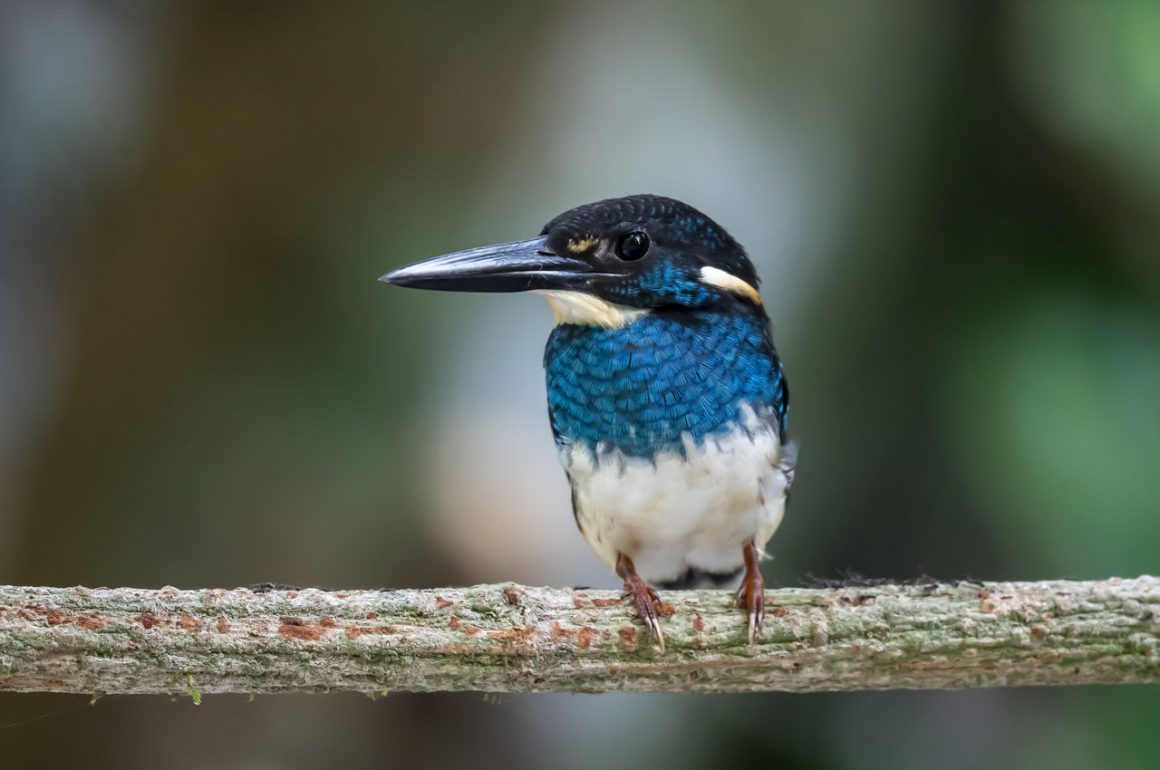
Maybe this kingfisher should have chosen another island to live on – according to one paper on the species, Java is the most densely populated island in the world and has suffered extreme anthropogenic pressure, resulting in the loss of over 90% of its natural forests.
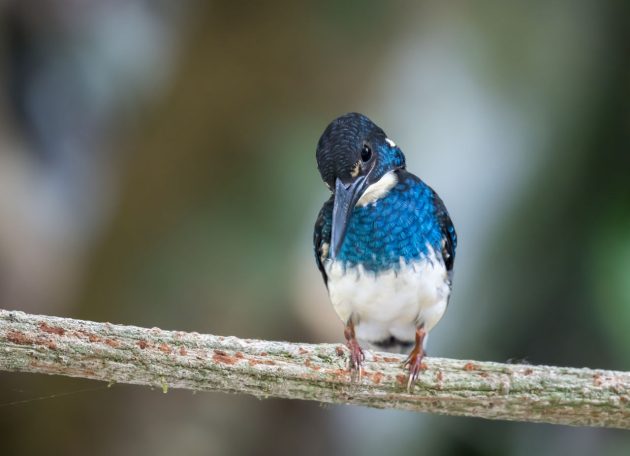
The paper also indicates one of the potential reasons for the decline of bird species on Java: “In line with Oriental Bird Club policy, we have chosen not to disclose the exact locality of this Critically Endangered species in this publication because of the rampant bird-trapping which is occurring in Java, and which is driving many bird species to extinction.”
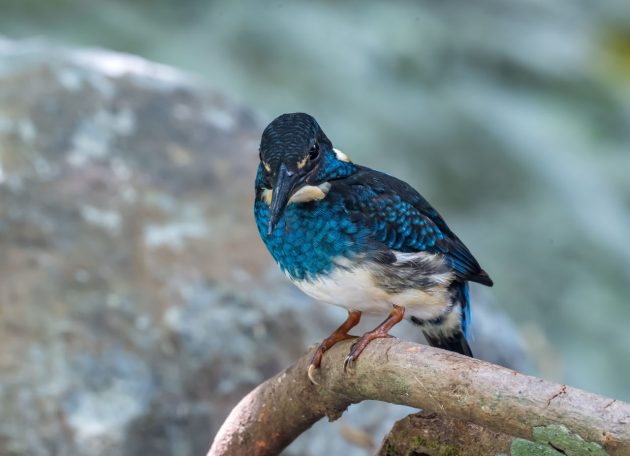
The dire situation of the species has even made undergraduates at the University of Nebraska point out its plight by creating clay models of the species.
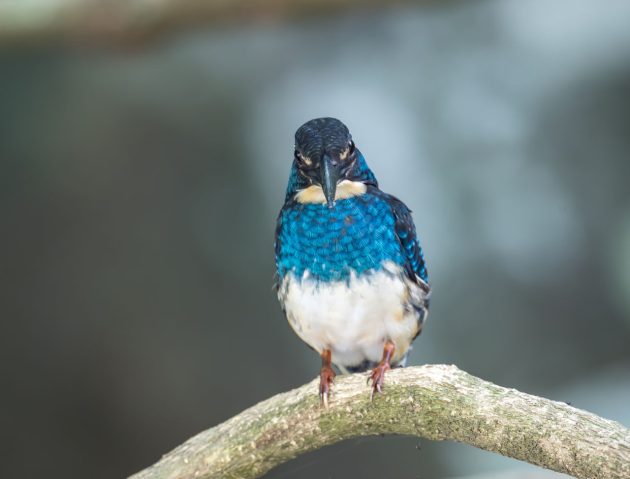
Maybe the rather uninspiring scientific species name is a reason for its status? Alcedo euryzona means broad-banded – not exactly a name that does justice to this beautiful bird.
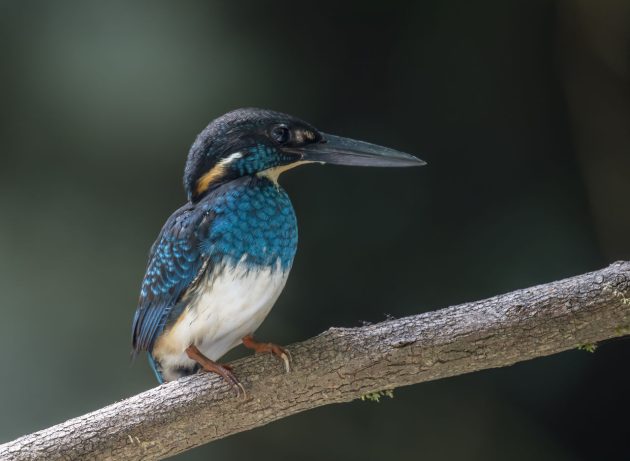
Or is it a disagreement about the size of the species? eBird calls it a “small kingfisher” while BirdLife speaks of a “robust, medium-sized river kingfisher”.
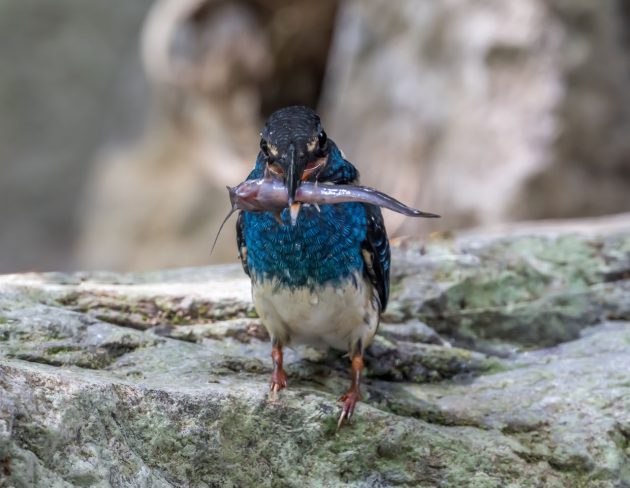
You can tell from me mentioning these rather irrelevant discrepancies in the descriptions of the species that I am just trying to find a rationale to show a few more photos of this beautiful bird.
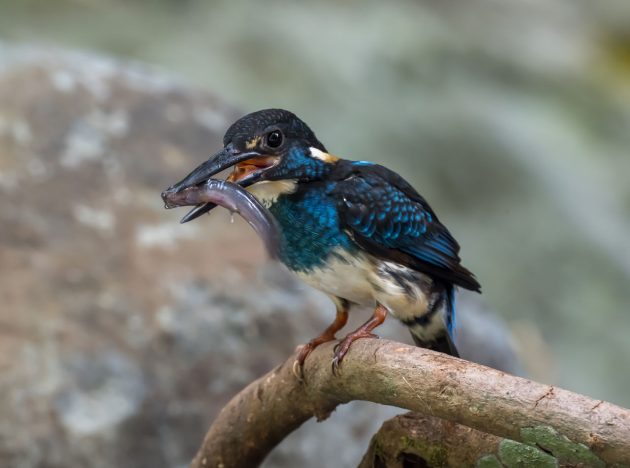
I could also mention that the species mainly eats fish – if you need a good word for your next Scrabble game, try “piscivorous”, assuming you have the right letters at hand.
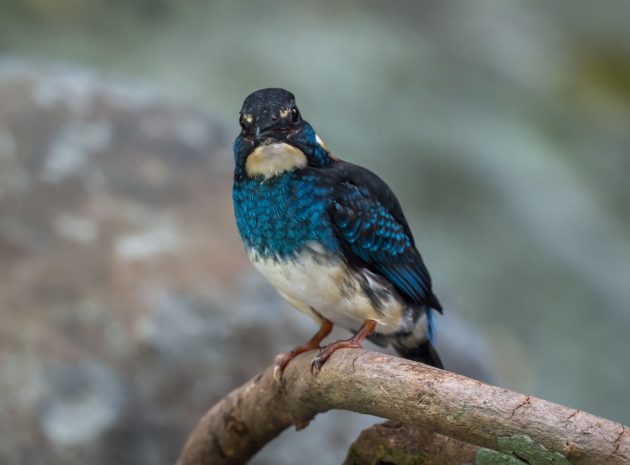
Admittedly, there are also papers discussing the species with seemingly interesting titles such as “Distribution of the critically endangered Javan Blue-banded Kingfisher Alcedo euryzona“.
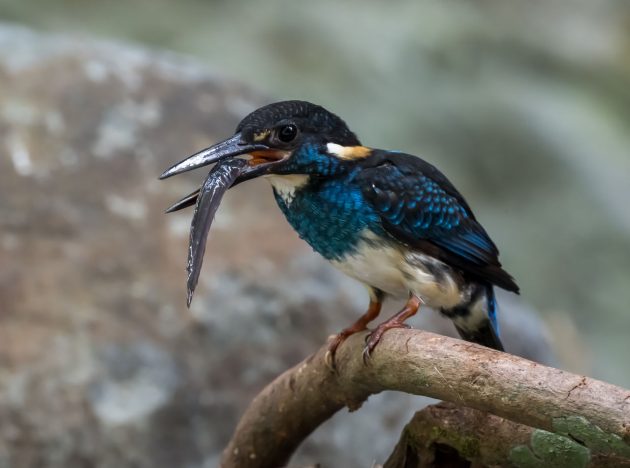
However, what if the abstract of this paper reads as follows: “The research was conducted using the point count method with 7 observation points along the Welo River (±5,096 km). Based on the analysis, the distribution pattern of Alcedo euryzona is uniformly based on Morisita’s index with a value of lp< 0 (-0,033). Whereas the relationship between the existence of species and anthropogenic activity based on hypothesis test in binary logistic analysis partially has no significant effect with a value > 0,05 (0,999).”
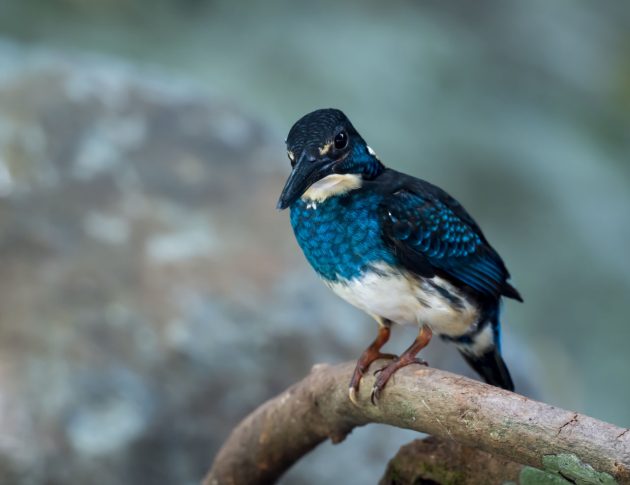
Still want to study ornithology? Or directly take a statistics course and skip the middleman?
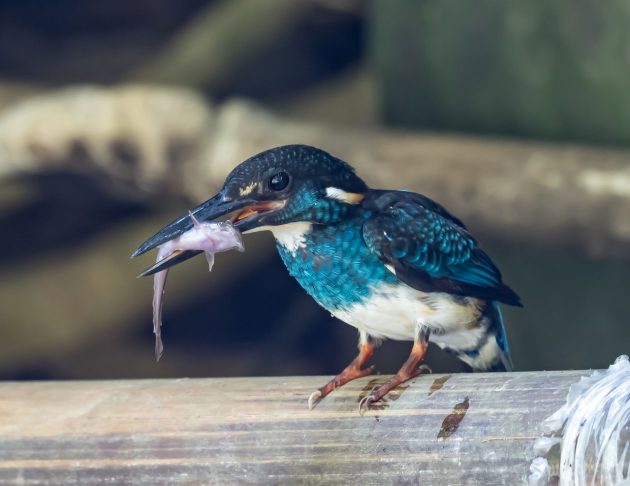
Particularly given that some sources claim that species as wonderful as this one may not even exist?
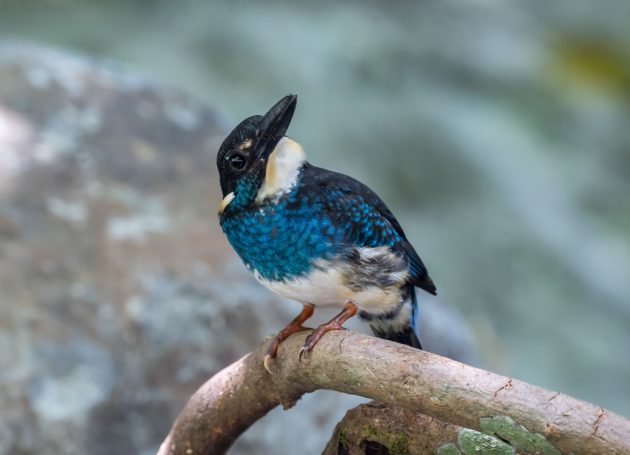
All photos taken at a hide in the Gunung Liman area of East Java, Indonesia. My impression was that the hide there creates the income stream for one adult and two teenagers taking care of the hide and thus brings a measure of protection to the kingfisher there by creating an economic incentive for its well-being. I hope I am right about this.






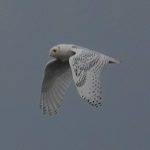
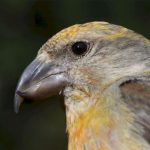
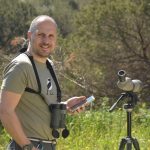

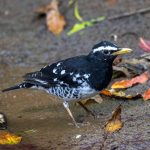
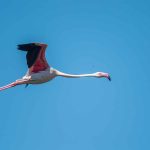
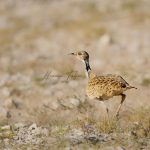
There’s always a tinge of sadness to the excitement of seeing a rare species like this jewel. In this case I am also jealous.
Thanks to bird photographers and birdwatchers it would seem that the Blue-banded Kingfishers (or at least those where Kai took his lovely photographs) now have an economic value, which has to be good.
I do indeed hope so. There are some online articles on the market for caught birds in Indonesia, and generally speaking, the prices are not that high – in the range of a few tens of USD. So, regularly getting some money from birders might be more lucrative. On my recent birding trips to parts of Indonesia, at least two bird guides or rangers told me they originally were poachers.